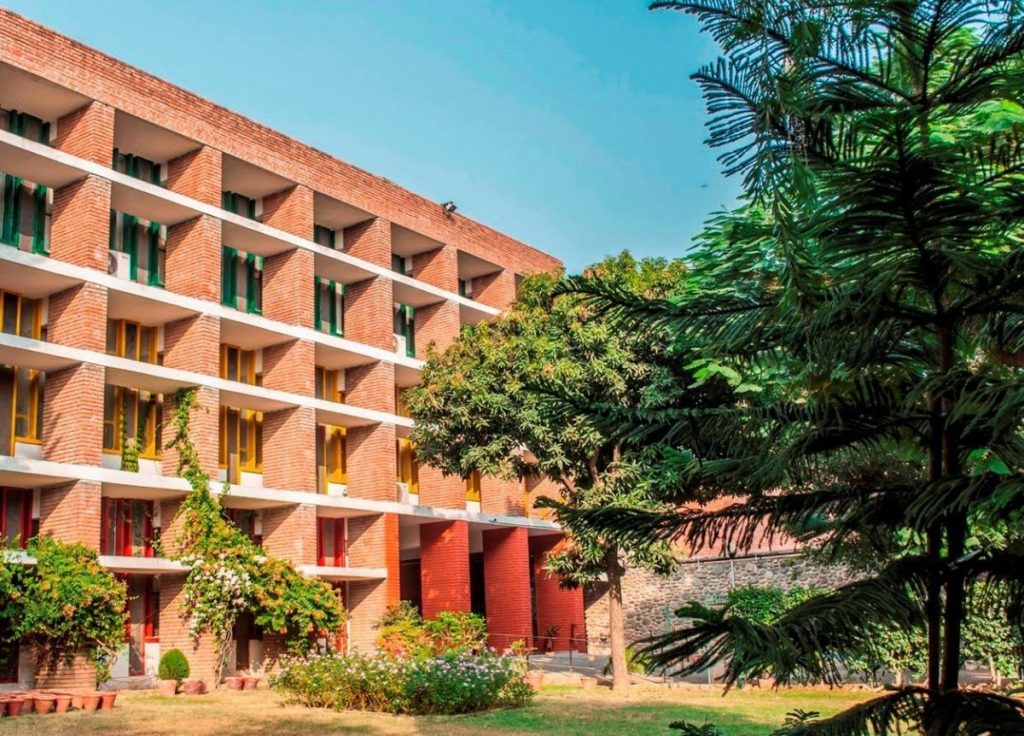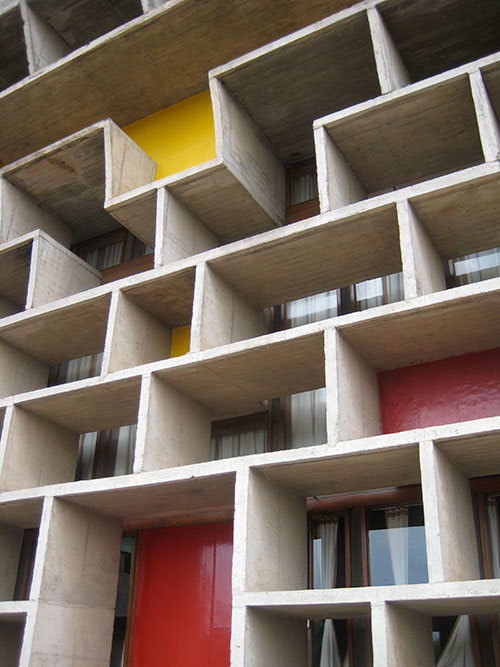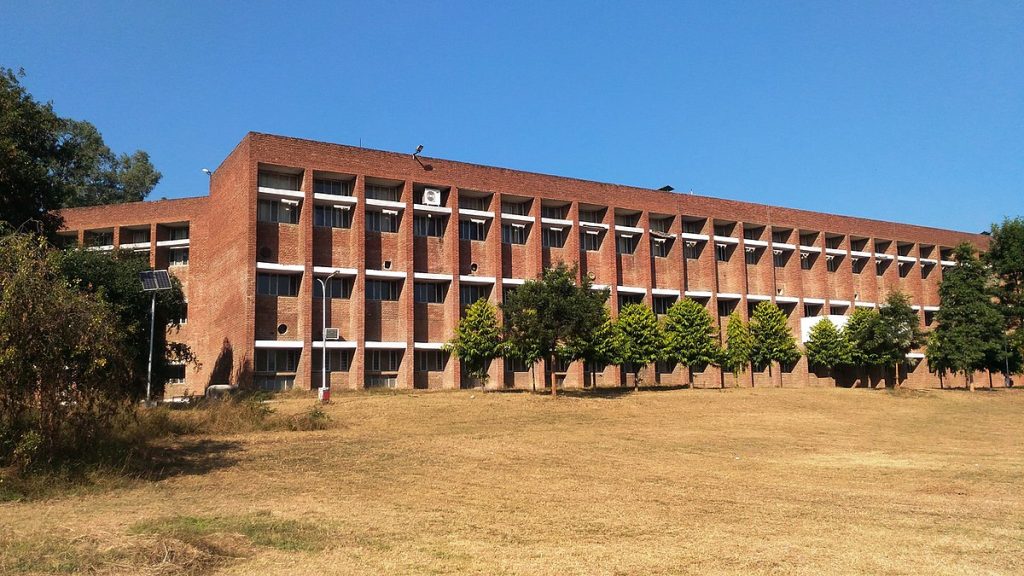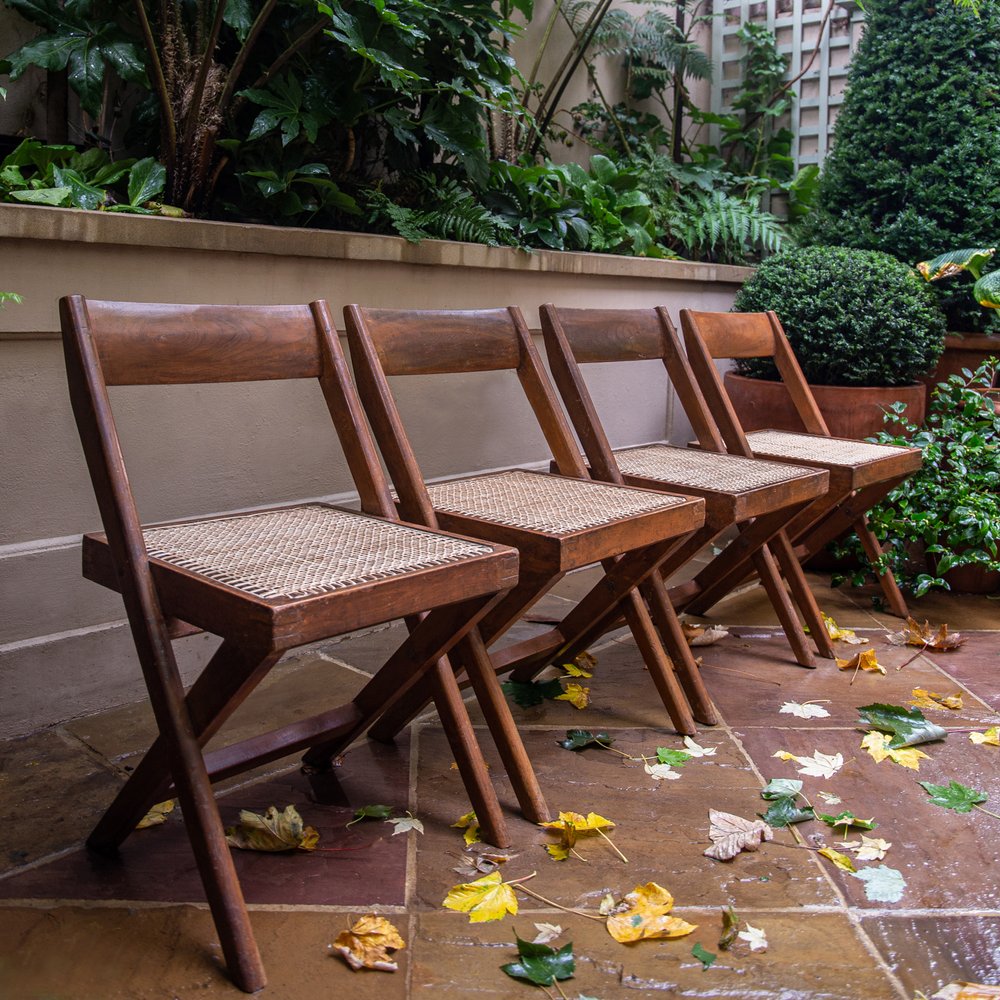Urmila Eulie Chowdhury, popularly known as Eulie Chowdhury was the grand dame of modern architecture in India, take a look at her life and work…
Urmila Eulie Chowdhury, popularly known as Eulie Chowdhury, was an Indian architect who worked during the mid-to-late 20th century. She worked in the fields of general architecture, landscape architecture and design, and was also a teacher and writer. She was a pioneer woman architect working in India. Some sources state that she was also the first female architect in Asia. After her education, she worked in close collaboration with Le Corbusier in the planning design and construction of the city of Chandigarh.
She was born on 4 October 1923 in Shahjehanpur in Uttar Pradesh. She earned a Cambridge School Certificate from Kobe, Japan, studied architecture at the University of Sydney, and at the Conservatory of Music of the Julian Ashborn School of Art, Sydney, and earned a degree in Ceramics in Englewood, New Jersey. Her father was a diplomat, so she grew up travelling around the world.

In 1951, Eulie returned to India, after working in the USA for a while. In 1951, she got an opportunity to design the new city of Chandigarh and, most importantly, to work with the celebrated Swiss-French architect and urban planner Le Corbusier to work on the new planned city of Chandigarh. She worked on the drawings for some of the main buildings at Chandigarh such as the High Court and the Martyrs Memorial.
Eulie was fluent in French and became the coordinator/translator between the Indian architects and Le Corbusier. She also corresponded with Prime Minister Nehru for Le Corbusier after he returned to France. Eulie also worked with Pierre Jeanneret on the design of educational buildings and the design of wood chairs for government buildings. She adjusted the proportions of the chairs to fit Indian men and women.

Her husband Jugal Kishore Chowdhary, an Assamese, was a consulting architect with the Punjab government. Starting with the High Court, which is the first structure Le Corbusier designed, Eulie went on to help prepare meticulous drawings of Geometric Hill, Tower of Shadows and Martyrs Memorial—all standout modern monuments in the city today. Aside from designing various educational institutions and ministerial residences alongside Pierre Jeanneret, she was also instrumental in developing wooden furniture for government offices in the city.
One of Chowdhury’s most interesting architectural achievements was the wooden furniture she created. It was an adaptation of a design originally created by Pierre Jeanneret, cousin and collaborator of Le Corbusier. Her furniture populated government offices and institutions in Chandigarh, such as the Capitol Complex, Gandhi Bhavan, and the Guest House and Library of Punjab University. It was low-cost furniture, squat and modular, and modified to suit the Indian physique.

From 1963-1965 Eulie served as the Director of the School of Planning and Architecture in New Delhi. Eulie also translated Le Corbusier’s book ‘The Three Human Establishments into English during this time. She wrote her own book about her time working with Corbusier in Chandigarh called ‘Those Were the Days’.
Eulie would serve as the first woman Chief Architect for the state of Haryana from 1970-1971. From 1971-1976 she was the first woman Chief Architect of Chandigarh and oversaw the second phase of city planning. In 1976 she became the Chief Architect of the state of Punjab.
She retired in 1981 from public service but kept working on other projects and endeavours in her retirement. Eulie was a fellow at the Indian Institute of Architects and the first woman elected to the Royal Institute of British Architects.

Chowdhury’s deep love for Chandigarh went beyond urban planning as she made some important cultural contributions. She was a painter and even exhibited her work. She was instrumental in setting up the Chandigarh Amateur Dramatic Society and, in 1983, became the first president of the Alliance Francaise in Chandigarh because she was apparently the ‘most French person’ one could find in the city!
On September 20, 1995, Eulie passed away at 71 years old in her beloved Chandigarh. Her incredible career paved the way for other women architects in India, but it is in the City Beautiful that she is most cherished.
Besides being a pioneering architect, she was also a staunch advocate for women’s rights. She actively encouraged more women to pursue careers in architecture, inspiring a generation of female architects to follow in her footsteps.
*Content sourced from various internet resources




GIPHY App Key not set. Please check settings